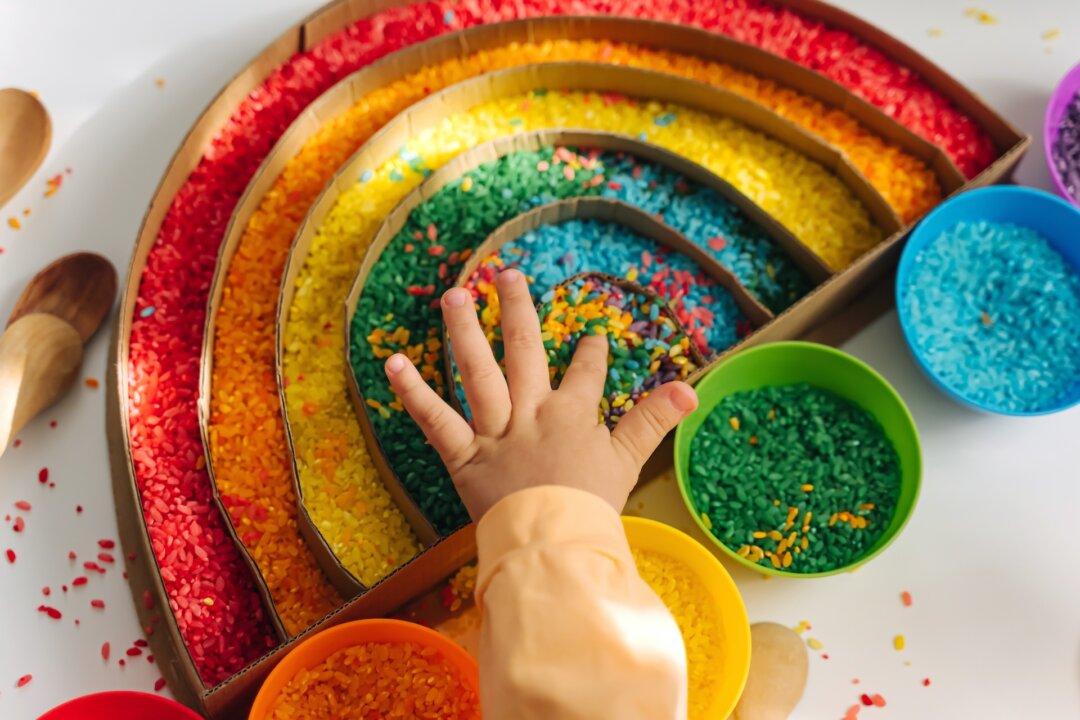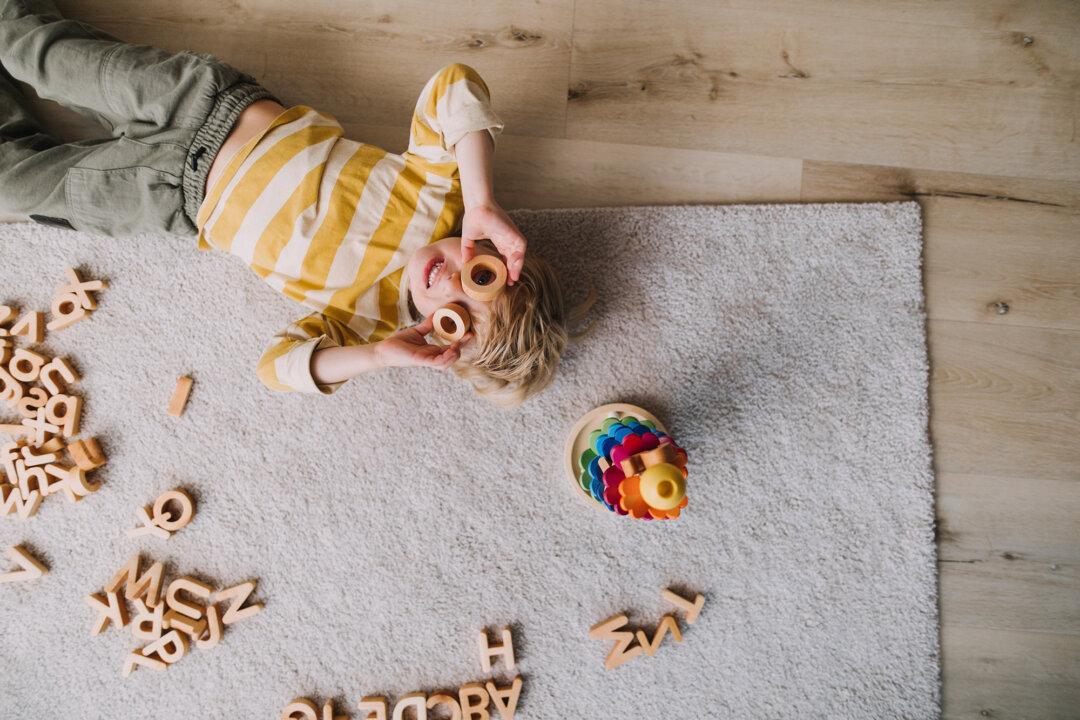Think of a favorite memory from your childhood. What sensory experiences do you associate with that memory? I fondly remember going to Ocean City, New Jersey, with my grandparents in the summer. My Pop-Pop always walked to the bakery to get cheesecake, which we’d eat for breakfast. The smell of the salty sea air, the calls of the seagulls circling over the nearby boardwalk in search of crumbs, the sweet taste of cheesecake, and the comfort of my Pop-Pop’s big lap are all wrapped up together like a gift in my brain.
Today, whenever I travel to the beach or taste that first forkful of sweet cheesecake, my mind travels back to those carefree, warm summer days. Memories like this, which are linked to multiple sensory experiences, are powerful. Each sense activates a different area in the brain, resulting in excellent retention and rapid recall.





